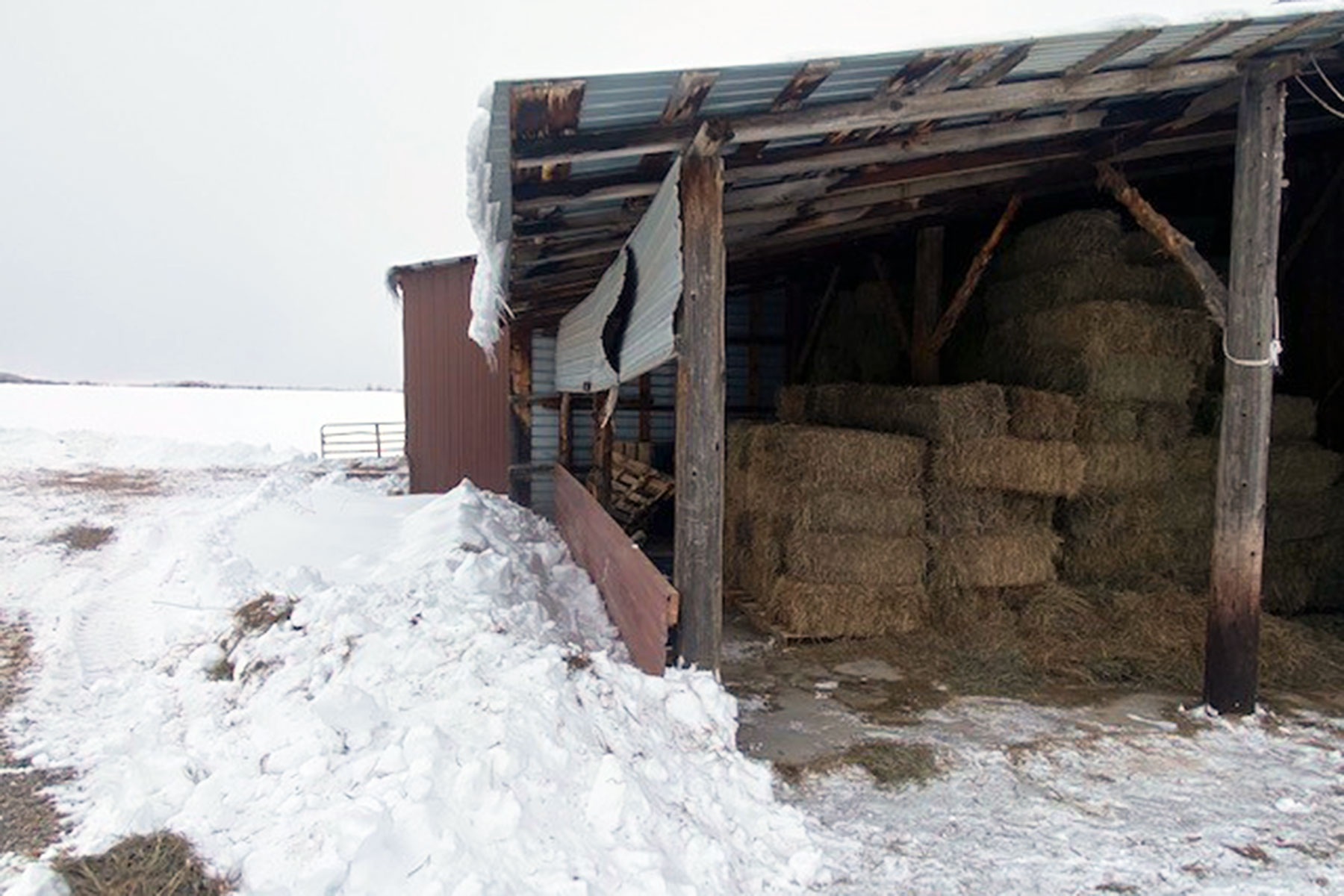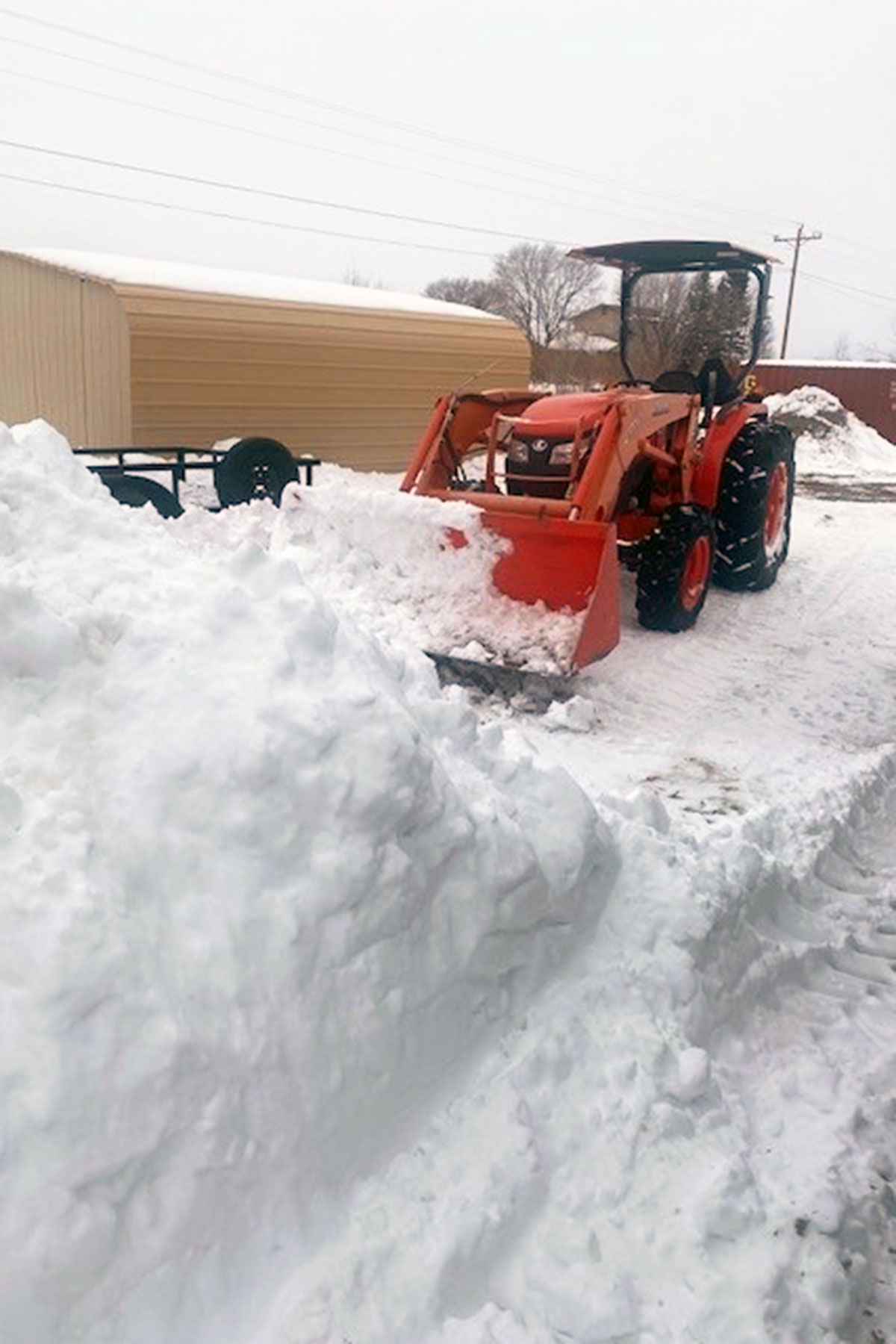No sleep till Brooklyn
I would be very curious to learn how each of our tribal farmers did this past year. Each person has their own obstacles to conquer, and this can stem from soil, seed, water, weather, labor, equipment, time, and money. This only covers a portion of possibilities of wins and opportunities. This is what makes farming fun. It is also what makes farming very frustrating.
All year long, I have written about the importance of metrics and recording everything that is done throughout the year. The beauty of scale is that it really doesn’t matter whether you have one acre or one thousand acres. Using metrics to record progress gives us something to compare to next year.
Over a small number of years, a person can create seasons of expected results. This can be broken down to weekly trends and even daily tasking. The overall goal should always be — to be better this coming year than we were last year. Once the harvest is in the barn, silo, or stacked outside, we can tell ourselves that the job is over, and we can call it a wrap. We would be selling ourselves short.
Rest has been earned and I do encourage some time for relaxation and recreation. Make no mistake, farmers are not a hibernating breed. There is work to do.
Winterize your engines and cover your assets
If many of you are like me, you were probably still trying to do farm work well beyond when the harvest was finished. The idea is to prepare the farm for a winter sleep and do what you can before the ground freezes. Doing some fence work would have been nice. There is always something to do and something that needs fixing.
As the first snow fell, our minds shift to getting our equipment out of the elements and putting things away. Assets are expensive. Nothing is more frustrating than having to buy the same equipment because of neglect, rust, abuse, or ignorance. The profit margin of farming is very small, and lessons learned are usually learned very quickly.
I can share some advice that I was given. Fill your diesel engine gas tanks up to full capacity to avoid freezing. Hoses, pipes, and troughs should be emptied out when not in use. There may not be enough room for tractor implements to be housed under a roof, but we can be selective and leave out the ones without moving parts. Still, I would recommend using tarping when possible.
A lot of my neighbors have built large workshops and so there is inside work that can be done and bays to park vehicles and tractors. I one day hope to join these ranks. As of now, I am cramming as much as I can into any unused barn space.
The best time to buy Christmas decorations is on Dec. 27
Last, but not least, I encourage everyone to go over their expenses for last year.
What was your O&M cost? How much did you spend on fertilizer? How much was spent on seed? What big purchases were bought?
Like depreciation, I like to spread out the cost of large assets over a five- or ten-year period. This allows you to be able to comparatively pay it off over time without stressing you with an upfront cost that seems impossible. Gas receipts should also be saved. This along with farm purchases can yield some tax savings if you are willing to itemize your taxes.
Bottom line is — keep your receipts. It’s also a good time to start pricing out all the fertilizer, seed, equipment, and purchases for the coming year. Locking in a good price in the off-season is beneficial. Most retailers will want to discount last year’s inventory to make room for the upcoming season.




